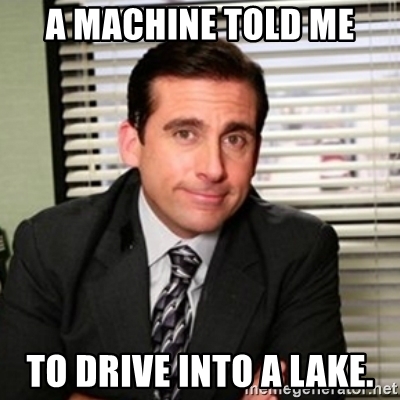Even if you don’t know what OCR stands for, you probably interact with it all the time. “Optical character recognition”–or, in laymen’s terms, text recognition–has become ubiquitous in modern hardware and software. Did you scan a document recently? Chances are, your scanner (or scanner app) used OCR to create a searchable text layer.
OCR is also built into most eDiscovery platforms, making it way easier for lawyers to find words and phrases they’re looking for. But it can also make it way easier for lawyers to make mistakes. How can that be?

Wellllll…technology doesn’t always work.

Our modern brains have evolved to trust technology implicitly, leaving us vulnerable to its flaws. If your only doc review strategy is CTRL-F, you’re going to miss something.
So, just like you’d never drive a car into a lake because your GPS told you to, don’t assume that the document you’re reviewing doesn’t contain a smoking gun just because your search returned no results. For high stakes tasks like lawyering, use OCR to supplement human review–but never to replace it. This message is Michael Scott approved.




